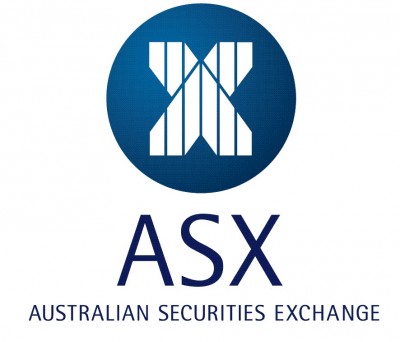Weekly market review
Written and accurate as at: Feb 20, 2018 Current Stats & Facts

The S&P/ASX 300 gained +1.1% last week. While this lagged the rebound in US equities, neither had Australian equities fallen as far, given its more defensive characteristics. Rate sensitives such as the REITs continued to underperform (S&P/ASX 200 AREIT -1.1%) as bond yields inched higher in both the US and Australia. Reaction to the US CPI was muted and the positive correlation between equities and bonds – evident in the previous week’s sell off – receded. Resources (S&P/ASX Metals & Mining) were up +5.1% as key commodity prices strengthened, with iron ore up 3% and copper up 8%.
The largest movements last week were primarily driven by half-yearly results. Dominos Pizza (DMP) (-13.4%) was among the market’s weakest as poor trends in the Japanese business saw results miss the market’s expectation. There were questions at the low price paid when DMP bought out its Japanese stores – this result seems to confirm the performance issues that exist there. Sales growth in Australia also slowed faster than many people thought.
Rio Tinto (RIO) was up 7.3%, having reported the previous week, while BHP (BHP) gained +8.2%. South32 (S32) (-9.3%) bucked the trend of its peers and fell following its result. While strong commodity prices continue to underpin cash flow generation and, in some cases, further earnings upgrades, there are signs emerging that the resource sector is passing through its sweet spot of flat costs. Mining companies such as S32 are now flagging cost inflation across the board, including power, wages, and service contracts. Given its significant cost base in South African Rand, S32 had the added complication of the Rand’s appreciation following President Zuma’s resignation.
Oil/LNG driller Woodside Petroleum’s (WPL) (-2.3%) result was in line; the surprise came in a rights issue to fund the acquisition of Exxon’s stake in the Scarborough gas field off Western Australia to boost their gas reserves. This field will require significant development and is earnings dilutive in terms of the next few years, putting a dent in the view held by many of WPL as a high cash flow yield energy play. Fellow energy company Origin (ORG) (+6.4%) bounced back from some weakness leading into its report as the results came through stronger than the market was expecting, given concerns over competition in the retail gas and electricity market. Lower costs in its Asia Pacific LNG stake helped, as did better than expected output from its Eraring station.
Higher-than-expected costs at Star Group (SGR) (-7.5%) offset strong growth in gaming revenue – particularly in its Gold Coast casino – disappointing the market. Crown (CWN) (-4.1%) fell in sympathy.
JB Hi-Fi (JBH) (-4.7%) delivered admirable sales growth, defying concerns around the initial impact of Amazon. However the market seems wary of its Good Guys subsidiary, which makes up ~25% of the company, where same-store-sales (SSS) growth was not as strong as people hoped. JBH continues to shrug off the issues facing many other Australian retailers.
Amcor (AMC) (-3.2%) delivered a soft set of results, as flagged by management. It has faced several headwinds including rising resin prices, as well as softer volumes from Pepsi in North American and from Latin American more generally. These issues are starting to show signs of improvement and resin prices, in particular, should shift from a headwind to a tailwind in FY19. AMC’s management are committed to a strategy of clear and transparent shareholder return.
Telstra (TLS) (-1.7%) delivered a result with something for the bulls and bears alike. The market was not expecting anything positive from the result however the decline in average revenue per user (ARPU) in its mobile business was greater than expected, as was deterioration in its fixed line business. That said, there were one-off effects partly driving this, while the company has taken out far more cost than was expected.
Computershare (CPU) (+9.3%) was among the market’s best performers, with its result helped by the benefits from cost reduction and good performance from its mortgage servicing business in the US. It is seen as a key beneficiary of rising rates in the US, given the cash balances held in its registry business. Elsewhere in financials, there were few surprises in AMP’s (AMP) (+2.3%) result, however the market continues to focus on the potential sales of low-growth businesses (eg. its mature book and Life insurance) as part of the strategic review. Investors are looking for this to unlock value and re-rate the remainder of the business and developments here will be key drivers of the share price over the near-term. Insurance Australia Group (IAG) (+7.1%) bounced as it hit guidance.
Health care company CSL (CSL) (+9.2%) was also strong, delivering a good set of results and demonstrating its ability to win share in key markets. Its flu vaccine business also continues to improve.










